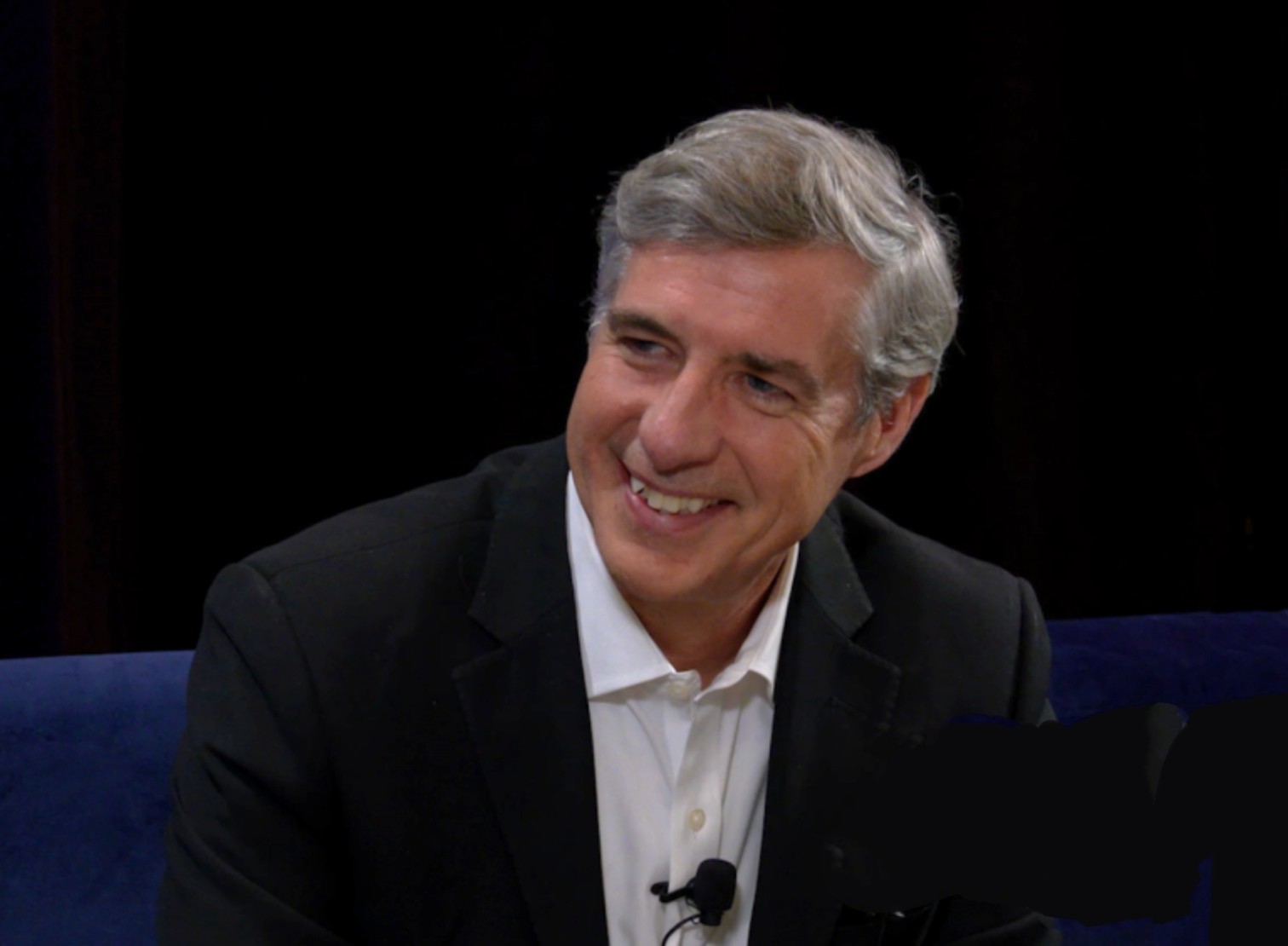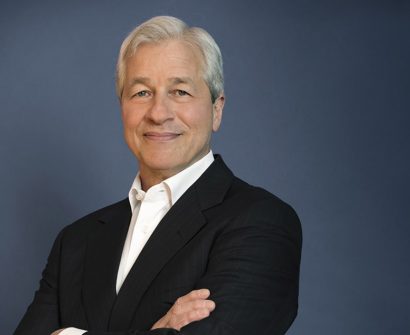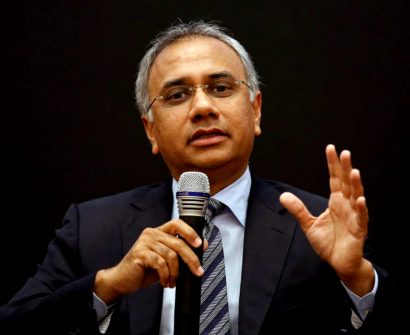Currently Empty: $0
Redefining customer experience: How AI is revolutionizing Mastercard

Ed McLaughlin, Mastercard’s president and CTO, shares how the company uses cutting-edge technology and AI-powered transformation to improve customer service, streamline operations and drive business growth.
In an era where technology reshapes entire industries, I’ve had the privilege of leading Mastercard on an extraordinary journey. Once synonymous with a simple plastic credit card to a company at the forefront of digital payments, we’ve consistently pushed the boundaries of innovation while respecting tradition and our relationships with our merchants, banks, and customers. Our commitment to customer excellence has been instrumental to Mastercard’s success, culminating in a CIO 100 award this year for our project connecting technology to customer excellence utilizing artificial intelligence.
We live in an age of miracles. When I think about the technology we started working with early in my career and look at what we’ve been able to do since, it truly is amazing, a global transformation led by and driven through technology. When I first started at Mastercard, we were known for being the plastic cards that helped people live their everyday lives. But as the world changed, we’ve had the privilege to help shape the future. Based on our services, e-commerce has flourished from providing payment guarantees, zero liability to consumers, APIs and services, and global acceptance to online commerce stores, ride-sharing apps, and streaming networks worldwide.
Back then, Mastercard had around 3,500 employees and a $4 billion market cap. Today, we’re a $450 billion company with more than 35,000 employees globally. But it wasn’t the tech that made Mastercard what it is today. It was the people that did it. It’s humbling to receive the CIO 100 award and know that it represents the transformative work done by all the amazing people who work at Mastercard.
Simple solutions for complex problems
As Mastercard’s business has grown we recognized the need to apply new technologies to modernize our traditional internal customer service practices and processes to bring them in line with our external, market-facing innovation.
Our B2B customer service teams receive approximately 700,000 support cases annually through multiple channels, and as new customers and additional Mastercard services and products come online, we expect support case volume to reach 1 million by 2025. A lot of that unstructured information needs to be routed to the right Mastercard customer experience team member as quickly as possible. From a customer standpoint, that’s the moment of truth: when your customer needs help, not when things are going great. When a customer needs help, how fast can our team get it to the right person?
Leveraging machine learning and AI, the system can accurately predict, in many cases, customer issues and effectively routes cases to the right support agent, eliminating costly, time-consuming manual routing and reducing resolution time to one day, on average. As a result, case agents can dedicate more time and energy to problem-solving and providing faster, higher-quality resolutions. This shift from manual coordination to automated, intelligent case assignment elevates customer satisfaction and boosts agent performance and job satisfaction.
Is AI a problem-solver?
Right now, it seems like every question is answered with, ‘Can AI solve it?’
For those trying to solve pressing business challenges with AI, you have to know what the problem is you’re trying to solve and whether this new technology allows you to solve it in a way you never could before.
One example is toil. How can someone eliminate human-led repeatable procedures by offloading them to a reliable system? The project we won a CIO 100 award for this year routes cases to the right agent better and has taken toil out of the system. AI and ML significantly improved operational efficiency and agent productivity, aligning with our strategic goal of delivering exceptional customer experiences.
Production runs are another place where I believe the most significant payback for a business will be. How do you use AI to reliably run events over time and run them like other systems? AI is not merely a system of code; it’s not a case of ‘set it and forget it.’ These are live and dynamic environments where the inputs will change the outputs. You need to monitor it in ways you didn’t before and understand what they’re doing in ways you’ve never had before.
I’ll give you one last example of how we use AI to fight fraud. We have a new tool called Authorization Optimizer, an AI-based system using some generative techniques but also a lot of machine learning. It looks at why a transaction was declined and recommends when to retry. In the last year, 8 billion transactions and $27 billion in sales for our merchants went through the network that wouldn’t have before because of how we have deployed AI. That’s an example of a problem humans could never solve at an appropriate scale with a payback that’s directly aligned with what we do in the business.
Companies and teams need to continue testing and learning. Explore differing AI operating models to find the one that best suits their needs. As more AI innovations come to market, financial institutions can leverage the technology for enhanced services, increased efficiency, and new ways to deliver and manage products.
Source: GWFM Research & Study








